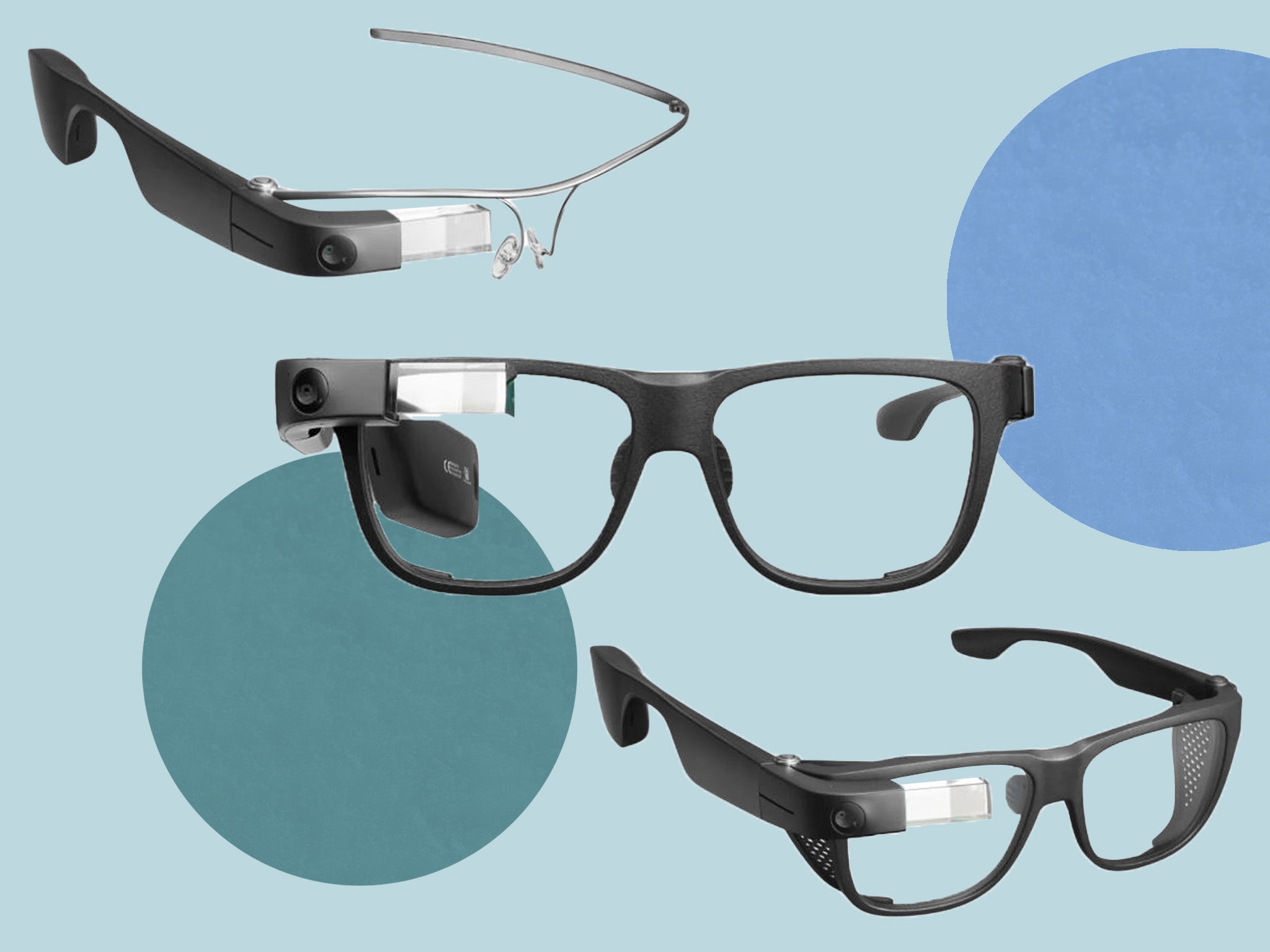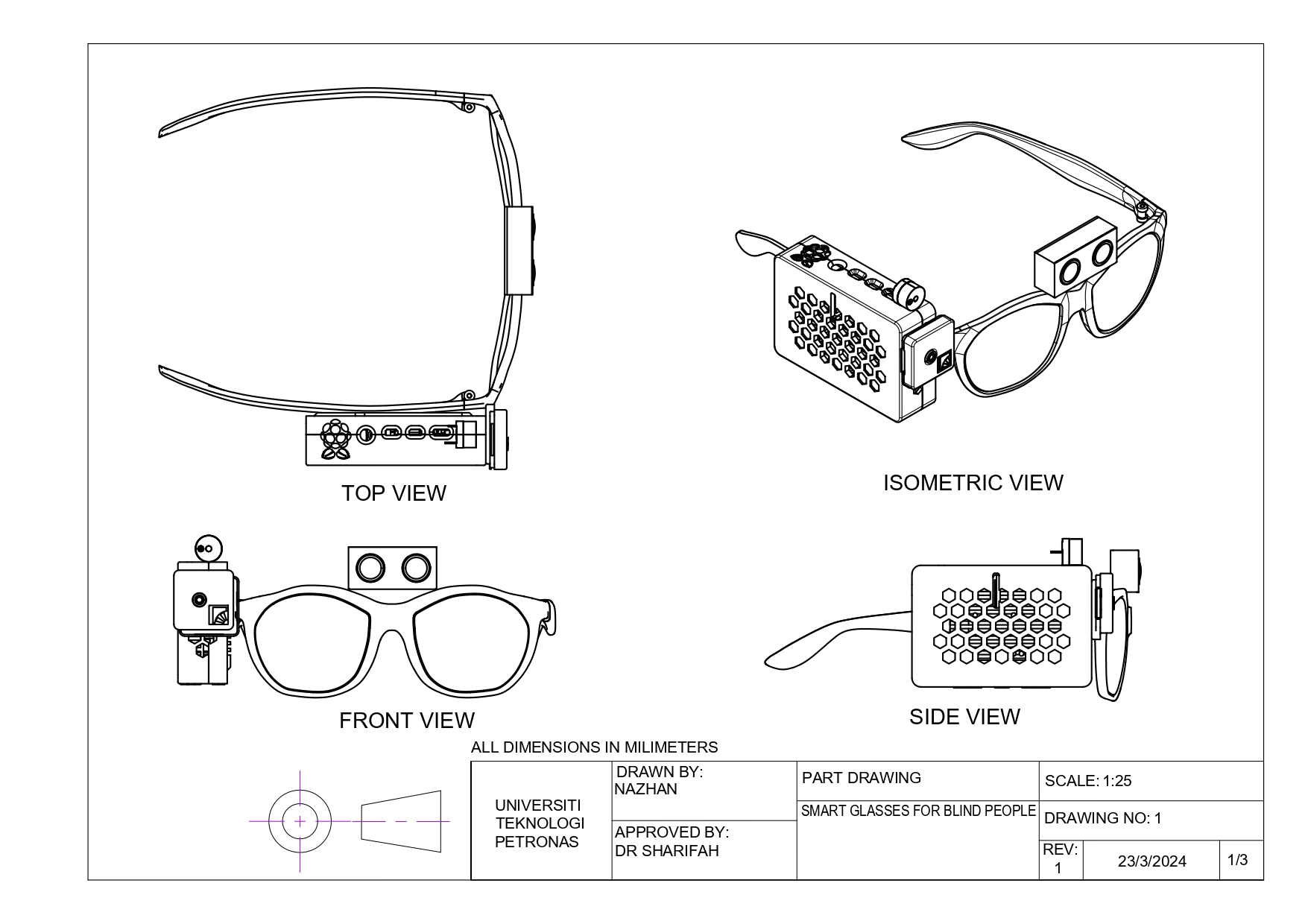The Future of Assistive Technology for the Blind: Empowering Independence
The Future of Assistive Technology for the Blind: Empowering Independence
Blog Article
Discover Advanced Assistive Tools for Individuals With Visual Impairments
The landscape of assistive innovation for individuals with visual impairments is evolving rapidly, providing a variety of cutting-edge tools that enhance freedom and engagement (Braille displays and notetakers). From wise glasses that flawlessly combine aesthetic input with acoustic advice to sophisticated navigation applications that redefine spatial understanding, these tools are improving opportunities. Additionally, the most recent advancements in Braille modern technology and voice-activated systems significantly add to availability. However, the effects of these advancements prolong much past simple performance; they test conventional understandings of handicap and self-reliance. What might this indicate for the future of inclusion and support?
Smart Glasses Innovations
Smart glasses stand for a considerable improvement in assistive technology for people with visual impairments. Geared up with sensors and video cameras, clever glasses can record real-time aesthetic information, which is then refined and conveyed to the user with sound feedback or haptic experiences.
Additionally, developments in man-made knowledge have actually additionally improved the capacities of wise glasses. Equipment discovering algorithms can acknowledge faces, read message, and recognize things, making them vital devices for day-to-day jobs. Individuals can receive acoustic hints that supply context concerning their environment, cultivating self-reliance and confidence.
In addition, the ergonomic style and lightweight nature of many smart glasses make them suitable for prolonged usage, making certain comfort while boosting capability. As these devices remain to advance, they hold the potential to transform the way people with visual impairments experience their every day lives, connecting the space in between access and innovation. The ongoing r & d in this area pledge to expand the opportunities for clever glasses, making them a vital component of modern-day assistive gadgets.
Navigating Apps and Equipment
Many navigation apps and tools have actually become essential sources for people with visual problems, dramatically improving their capacity to pass through unknown atmospheres. These technologies utilize general practitioner capability, audio hints, and real-time data to supply individuals with accurate navigating aid.
One prominent example is the Aira application, which connects users to trained representatives who can give aesthetic summaries of surroundings and navigation guidance with a real-time video clip feed. This service improves the customer's spatial understanding and self-confidence while navigating. One more significant device is Seeing Eye GPS, which provides voice-guided navigating and sights, making it possible for users to accessibility essential details regarding their environments.

As modern technology continues to development, the advancement of extra advanced navigation devices assures to more equip individuals with aesthetic problems, facilitating smooth flexibility and assimilation right into diverse settings. Such advancements are important in advertising a more comprehensive culture.
Braille Modern Technology Innovations
In the last few years, advancements in Braille innovation have actually substantially transformed exactly how people with visual impairments access information and involve with the globe around them. The development of mobile Braille display screens has actually changed analysis by enabling customers to attach wirelessly to tablet computers, smartphones, and computer systems. These devices transform text into Braille in real-time, making it possible for seamless communication with digital web content.
Additionally, ingenious Braille printers have arised, enhancing the manufacturing of tactile products. Modern embossers are quicker and extra effective, enabling the quick development of Braille records and educational products. This efficiency minimizes the time and expense connected with creating Braille resources, making them a lot more easily accessible to schools and organizations.
Furthermore, the integration of Braille with various other modern technologies, such as man-made intelligence and maker discovering, who is an optician has actually opened brand-new methods for tailored learning experiences. Voice acknowledgment and synthesis innovations can enhance Braille, supplying a comprehensive approach to details circulation.
As the demand for inclusive education and office settings grows, these technical innovations play an important function in empowering individuals with visual problems, ensuring they have equal access to information and opportunities in different elements of life.
Wearable Tools for Freedom
A growing array of wearable devices is enhancing independence for individuals with visual impairments, providing cutting-edge remedies that boost navigation and daily living. Braille displays and notetakers. These gadgets use innovative technologies to provide real-time feedback and assistance, advertising freedom in numerous settings

Wearable technology also consists of smartwatches that can be programmed with access attributes, enabling customers to obtain notifications, track their areas, or even require support with the touch of a switch. Some tools incorporate man-made knowledge to examine the setting, offering sound summaries of close-by things or people.
Voice-Activated Assistive Solutions
Leveraging voice-activated assistive options has actually transformed the landscape of support for people with visual disabilities, supplying hands-free communication and access to a selection of jobs. These innovations make use of natural language handling and expert system to allow users to carry out daily tasks through easy voice commands.

Additionally, imp source current developments in voice recognition accuracy have actually boosted the customer experience substantially, fitting varied accents and speech patterns. This inclusivity guarantees that more people can take advantage of these modern technologies, fostering a higher feeling of autonomy.
Conclusion
In conclusion, the growth of sophisticated assistive tools considerably improves the freedom and lifestyle for individuals with visual impairments. Developments such as smart glasses, navigating applications, Braille modern technology, wearable gadgets, and voice-activated services collectively promote a more comprehensive atmosphere. These innovations empower customers to navigate their surroundings with self-confidence and engage even more completely with the world, inevitably promoting greater access and equivalent chances for individuals dealing with visual obstacles.
The landscape of assistive modern technology for individuals with aesthetic impairments is evolving quickly, presenting a variety of innovative tools that enhance freedom and engagement.Smart glasses stand for a significant innovation in assistive technology for people with visual problems. As these gadgets continue to advance, they hold the prospective to revolutionize the method people with aesthetic problems experience their daily lives, connecting the space in between accessibility and innovation.In current years, improvements in Braille modern technology have actually dramatically transformed exactly how people with aesthetic impairments gain access to information and engage with the globe around them. These modern technologies empower users to navigate their environments with self-confidence and engage even more totally with the globe, inevitably promoting greater ease of access and equivalent possibilities for individuals facing visual challenges.
Report this page